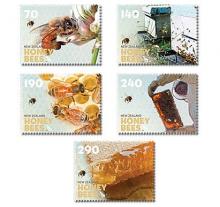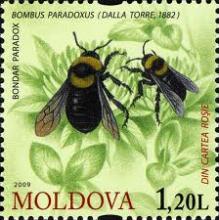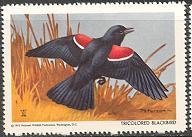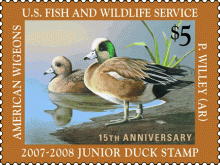Reduction in homing flights of honey bees after a sublethal dose of neonicotinoid insecticides
The negative effects of a commonly applied systemic insecticide, neonicotinoid, on the honey bee Apis mellifera L. are of great concern worldwide, as the use of the chemical is expanding. Recently, special attention has been paid to the sublethal effects of insecticides. An increasing number of studies has identified sublethal effects on the honey bee in the laboratory or in experimental cages, but so far, few studies have examined sublethal effects in the field. To reveal sublethal effects under field conditions, I examined whether the proportion of successful homing flights by foraging honey bees during 30 min after release decreased after bees were topically exposed to insecticides. Honey bees were treated with two types of neonicotinoid insecticide (clothianidin, dinotefuran) and two types of previously common insecticide (etofenprox [pyrethroid] and fenitrothion [organophosphate]) at five different doses (one-half, one-fourth, one-tenth, one-twentieth, and one-fortieth of their median lethal dose - LD50). Then the bees were released 500 m from their hives in the field.










